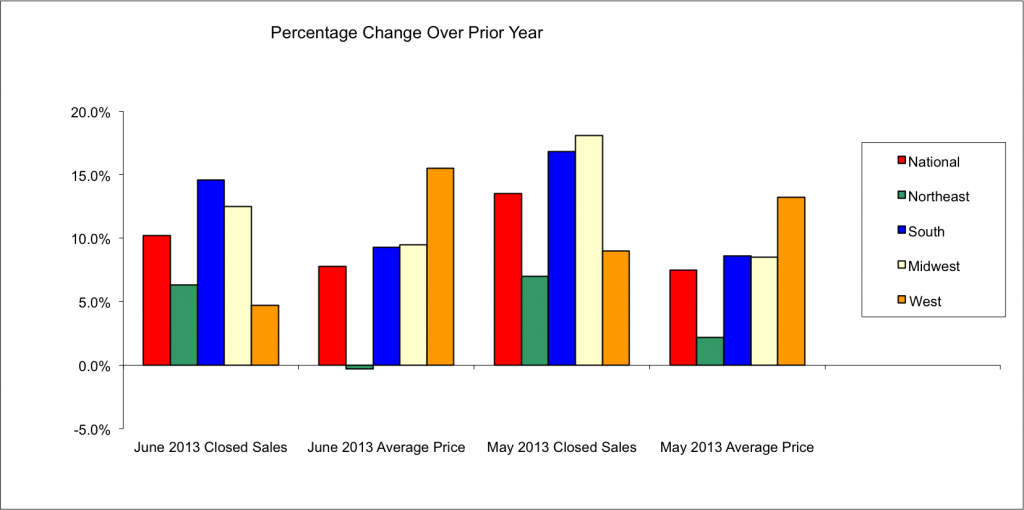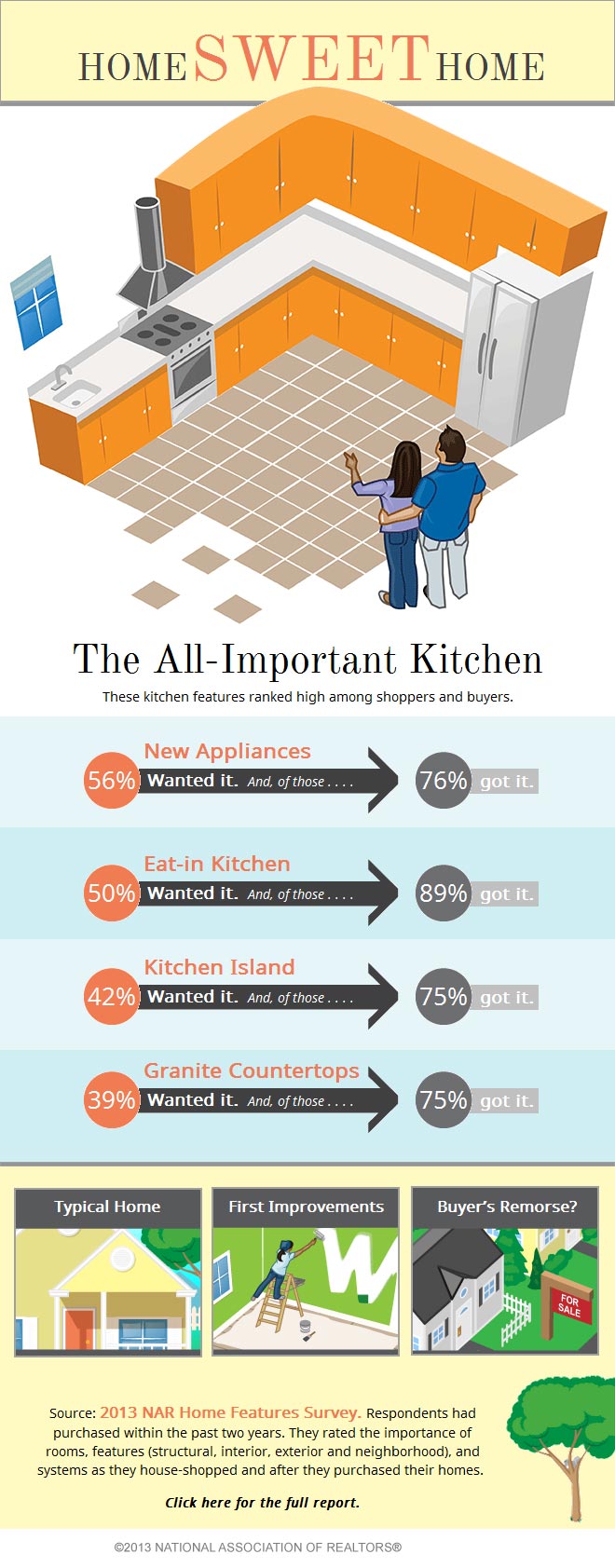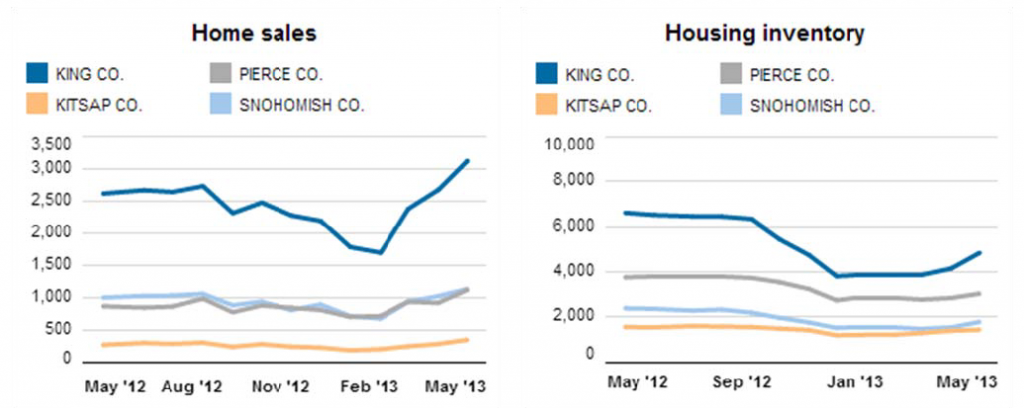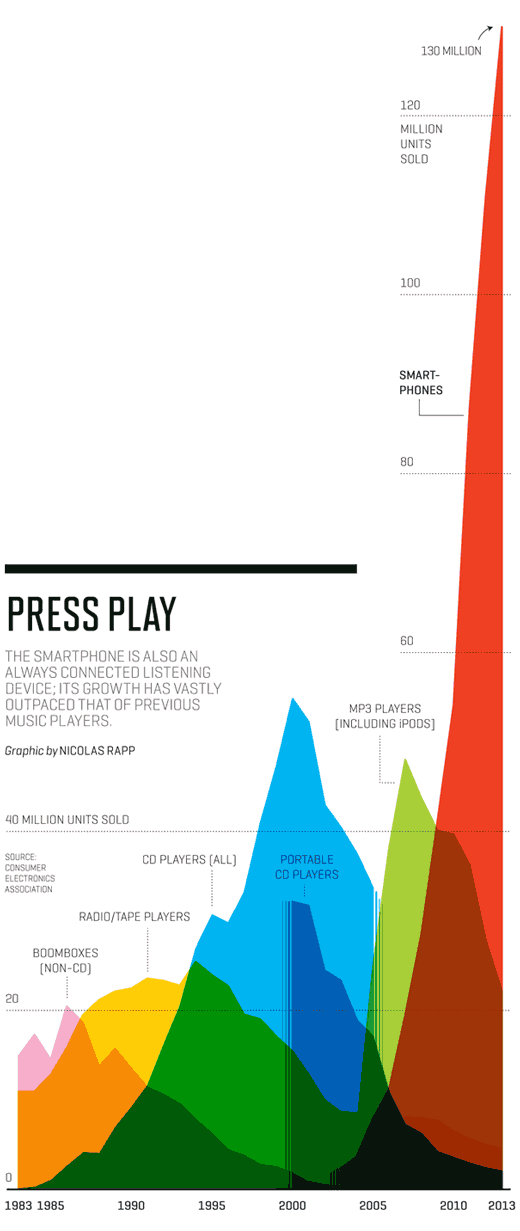 The July 2013 report shows that the rate of housing sales increased strongly in June 2013 growing 10.2 percent from June 2012. The annual rate of new and existing home sales for June 2013 was 5.612 million up from the 5.091 million recorded in June 2012 but down from the 5.984 million annualized rate in May 2013.
The July 2013 report shows that the rate of housing sales increased strongly in June 2013 growing 10.2 percent from June 2012. The annual rate of new and existing home sales for June 2013 was 5.612 million up from the 5.091 million recorded in June 2012 but down from the 5.984 million annualized rate in May 2013.
The average price of homes sold increased by 7.8 percent in June 2013 compared to June 2012.
July 2013 – The REAL Trends Housing Market Report showed that the combination of new and existing home sales in June 2013 continued to show strength across all regions in both unit sales and the average price of homes sold when compared to a year ago.
The annualized rate of the combination of new and existing home sales increased to 5.612 million in June 2013 up from the 5.091 million recorded in June 2012 but down from a rate of 5.984 million in May 2013.
The average price of homes sold in June 2013 was up 7.8 percent from the average price of homes sold in June 2012 marking the 15th consecutive month of increased home sale prices on a year over year basis.
Housing unit sales for June 2013 were up 14.6 percent in the South, the strongest showing in the country. The next highest region was the Midwest region at 12.5 percent, the Northeast region was up 6.3 percent and the West was up 4.7 percent.
The average price of homes sold in June 2013 increased 7.8 percent across the country, nearly the same increase as that recorded a month earlier. The West had the best results with the average price of homes sold increasing 15.5 percent followed by the Midwest region at 9.5 percent and the South at 9.3 percent. The Northeast saw a small decrease in average price coming in with a decrease of 0.3 percent.
“June 2013 sales of new and existing homes continued to show strength across all regions and are evidently shaking off the impact of relatively low inventories in most markets. The two regions of the country with the lowest average sales prices, the South and Midwest, continue to outperform other regions in terms of unit sales increases. The average price of homes sold was up solidly again due to supply and demand imbalances. As this report and other housing indicators show the scarcity of inventory and buyer demand are creating a situation where prices are advancing at far greater rates than had been predicted due to high levels of housing affordability and restricted inventory,” said Steve Murray, editor of the REAL TrendsHousing Market Report.
 Via: REALTrends.com
Via: REALTrends.com










